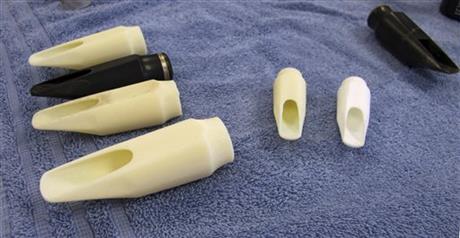
Researchers at UConn have developed a new technique for 3D scanning antique musical instruments.
The problem facing the researchers was that certain musical pieces are unique. They were constructed decades or even centuries past by craftsmen whose techniques are no longer known. Perhaps try disassembling the pieces and reconstructing them, you might say? Definitely not an option, as the pieces are irreplaceable.
You can’t even 3D scan them, as the important bits turn out to be inside the object in areas not accessible by conventional 3D scanning.
The new idea is to use CT scanning instead of the more typical optical or laser scanning. CT scanning has traditionally been used for medical diagnosis, where the scanning beams are able to penetrate the patient to “see” inside. Similarly, CT tech can be used to “see” inside the antique musical instruments. This provides the researchers with extensive and previously unknown knowledge of how they were constructed.
Once the innards are correctly captured, you can use the resulting 3D models to reconstruct relatively accurate replicas of the original instruments. The 3D models permit manufacturing components with various means of production, including 3D printing. 3D printing may not be appropriate for all types of components, as music may demand they be made of particular materials not available in 3D printing.
However, we think applying this approach to musical instruments is merely a beginning. One can imagine using CT tech to scan inside of many kinds of objects or machines to gain a 3D CAD model. Imagine scanning a padlock, for example. It’s conceivable one could then 3D print the padlock in one single operation, if the 3D model was made suitable.
We suspect “interior scanning” could be a new branch of business with new hardware and 3D modeling software dedicated to the task.
The UConn researchers have applied for a patent on this process, which is prudent at this stage.
Via AP

